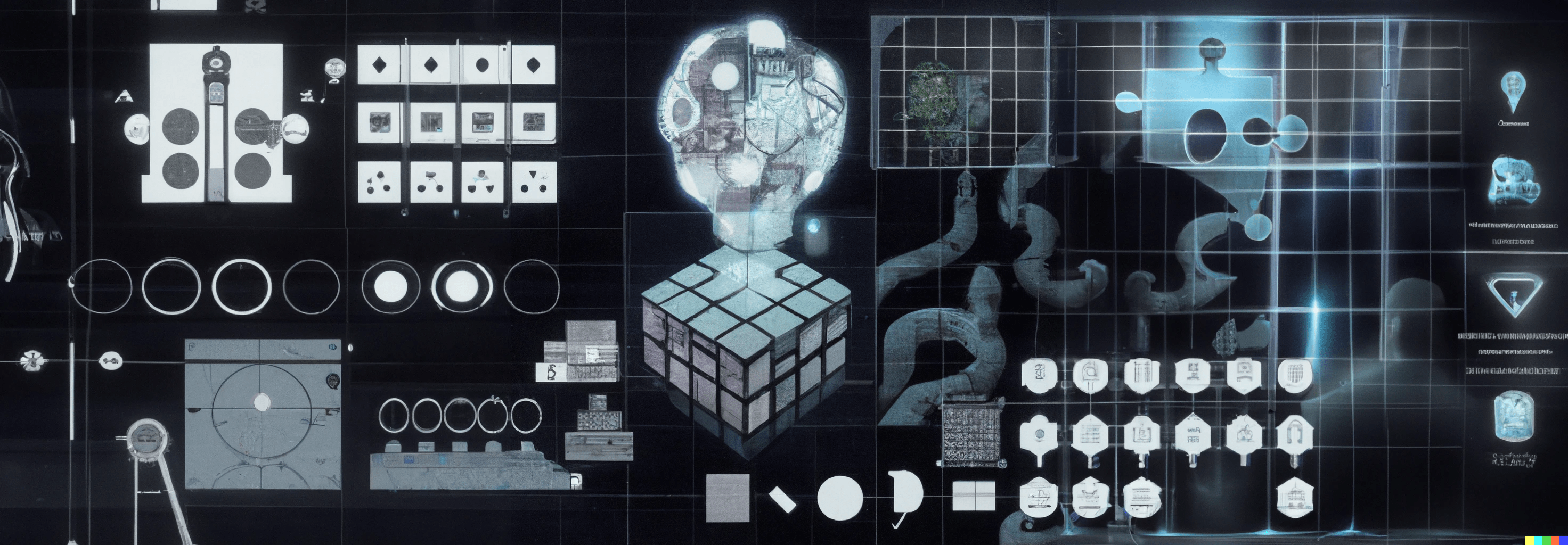
The Need for a New Integrations Platform in Web3
The rise of web3 has brought with it a plethora of exciting new developments and opportunities in the world of digital technology. One of the most important of these is the concept of integrations and digital workflows, which refers to the ability of different technologies, platforms, and services to work together seamlessly in order to create a more powerful and efficient ecosystem.
As the internet continues to evolve and become more complex, the need for integrations will only continue to grow. In the past, many different technologies and services operated in isolation, with little or no connection to one another. This made it difficult for users to access the full range of services and capabilities that were available, and it often required them to switch between different platforms and applications in order to access the functionality that they needed.
With web3, however, this is changing. Through the use of integrations, different technologies and platforms are able to work together in a more cohesive and seamless manner, and even bridge the gap between web2 and web3. This means that users are able to access a wider range of services and capabilities without having to switch between different applications or platforms, and it allows them to get more value out of the technologies that they are using.
That’s something we at Grindery take to heart.
Reduce Friction
One of the key benefits of web3 integrations is that they can help to reduce the amount of friction that users experience when interacting with different technologies and services. For example, if a user wants to access a particular service or piece of content, they may have to sign up for a new account, enter their details, and navigate through a complex set of menus and options to access what they need. With web3 integrations, however, it’s permissionless. This process is streamlined and made much more user-friendly, allowing users to access the services and content that they need with minimal effort and hassle i.e. wallet connection.
Ease of Use
Another key benefit to having a platform of integrations is that they can help to improve the overall user experience. By allowing different technologies and platforms to work together more seamlessly, integrations can help to create a more cohesive and intuitive user experience. This can be particularly valuable for users who are new to a particular technology or service, as it can make it much easier for them to understand how it works and how to get the most out of it.
Innovation
In addition to these benefits, integrations can also help to drive innovation and growth in the web3 ecosystem. Unlike web2, where developers are limited to what SaaS companies will allow them to do, Web3 makes smart contracts public, and therefore a developer can use any smart contract to produce anything they want. By allowing different technologies, developers, and platforms to work together in new and exciting ways, integrations and user-friendly digital workflows can help to create new opportunities and possibilities for innovation. For example, if two different blockchains are able to integrate with one another, this may enable them to create new and exciting services or capabilities that they would not have been able to offer on their own.
Documentation is Key
All that’s needed for a productive collaboration is documentation, which a CDS Editor provides. CDS are essentially enhanced ABIs (Application Binary Interfaces) in JSON format that allows an editor or workflow engine such as our Grindery Flow, to render intuitive user interfaces for end users to create workflows and define how the workflow engine interacts with external systems. Once someone has gone through the effort of producing a CDS on top of a Smart Contract then the potential is wide open for integrations. This will make Web3 more efficient and transform how business logic (we could say infrastructure) is managed similar to what Open Source did to technical infrastructure.
Overall, the importance of integrations in the web3 ecosystem cannot be overstated. As the internet continues to evolve and become more complex, the need for integrations will only continue to grow, and they will play a critical role in driving innovation, improving the user experience, and reducing friction for users. By enabling different technologies and platforms to work together seamlessly, integrations will help to create a more powerful and efficient ecosystem that will be able to provide users with a wide range of services and capabilities.
Contact us if you’d like to learn more.